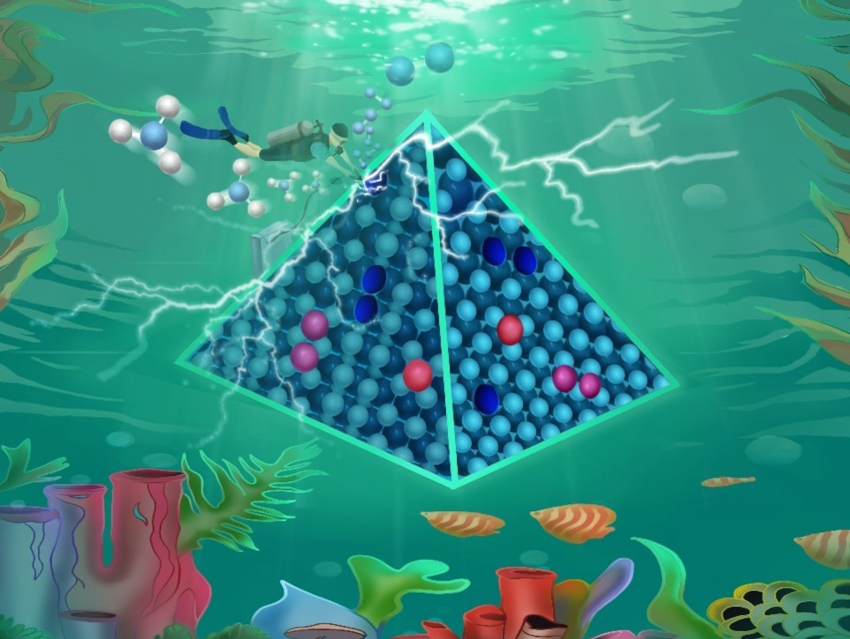Transforming molecular nitrogen to ammonia is a challenging but very important reaction. Transition metal nitride (TMN)-based materials, such as molybdenum nitride, are promising catalysts for the electrochemical nitrogen reduction reaction (eNRR). However, the mechanism of the reaction and the nature of the active site are not entirely clear yet, and tuning the activity of eNRR catalysts is challenging.
Tianwei He, Shuangpeng Wang, Hui Pan, University of Macau, Macao SAR, China, and colleagues have conducted a comprehensive study to investigate the reaction mechanisms of N2 fixation on molybdenum nitride using density functional theory (DFT) calculations. The activity and selectivity of eNRR on pristine (001) and (110) Mo5N6 surfaces, as well as on heteroatom-functionalized surfaces, were evaluated and compared.
The team found that the Mo and N atoms on the pristine Mo5N6 surfaces were both active for the eNRR, while following different mechanistic pathways. The catalytic performance of Mo5N6 for the eNRR could be boosted by specific anchored species, such as single transition-metal atoms, metal dimers, and metal heterodimers. Overall, the work provides insight into the underlying reaction mechanism of eNRR on Mo5N6 as well as strategies towards the rational design of efficient NRR electrocatalysts that could be extrapolated to other materials.
- Unravelling the Reaction Mechanisms of N2 Fixation on Molybdenum Nitride: A Full DFT study from the Pristine Surface to Heteroatom Anchoring,
Youchao Kong, Tianwei He, Alain R. Puente Santiago, Dong Liu, Aijun Du, Shuangpeng Wang, Hui Pan,
ChemSusChem 2021.
https://doi.org/10.1002/cssc.202101014




